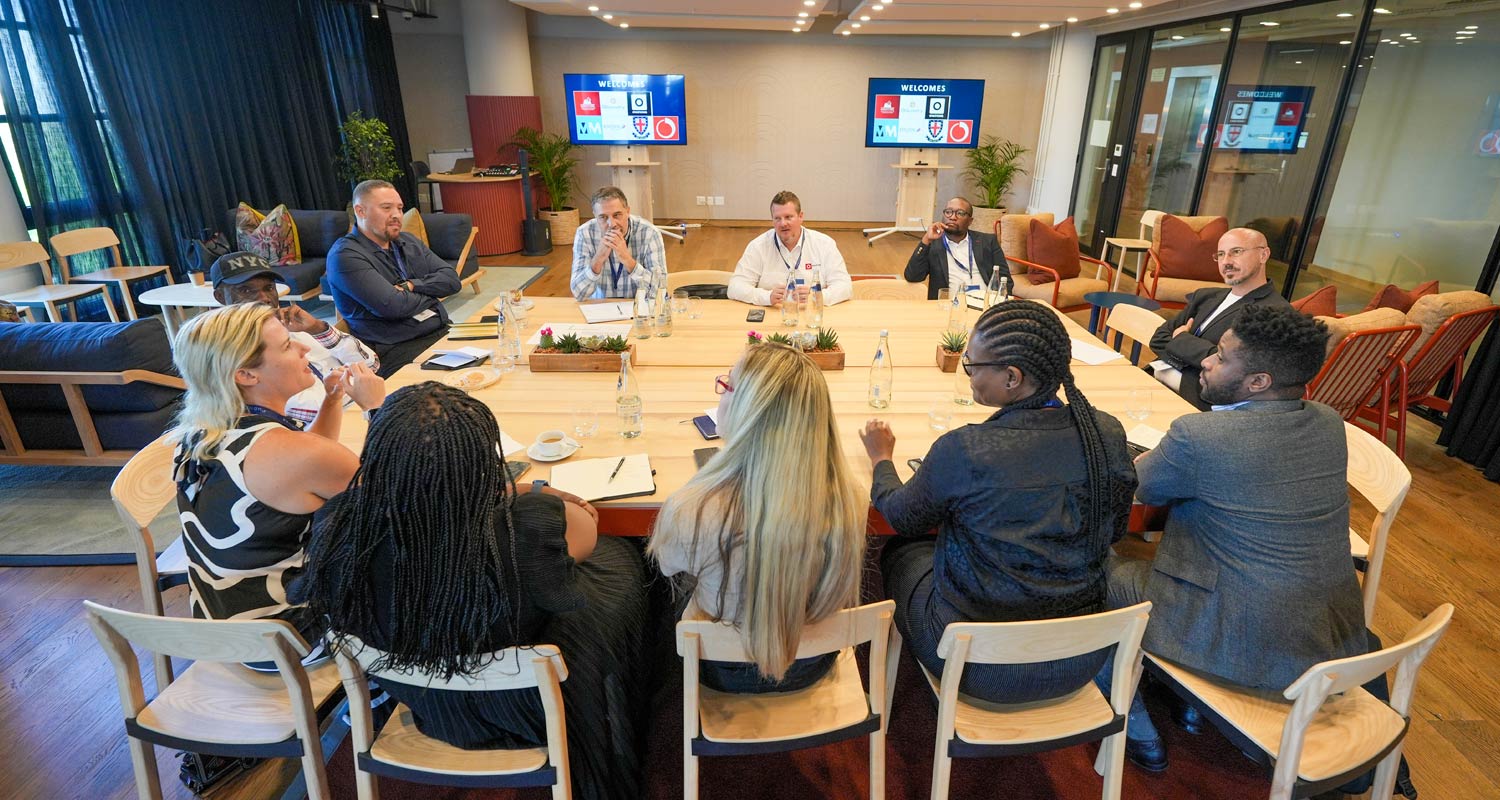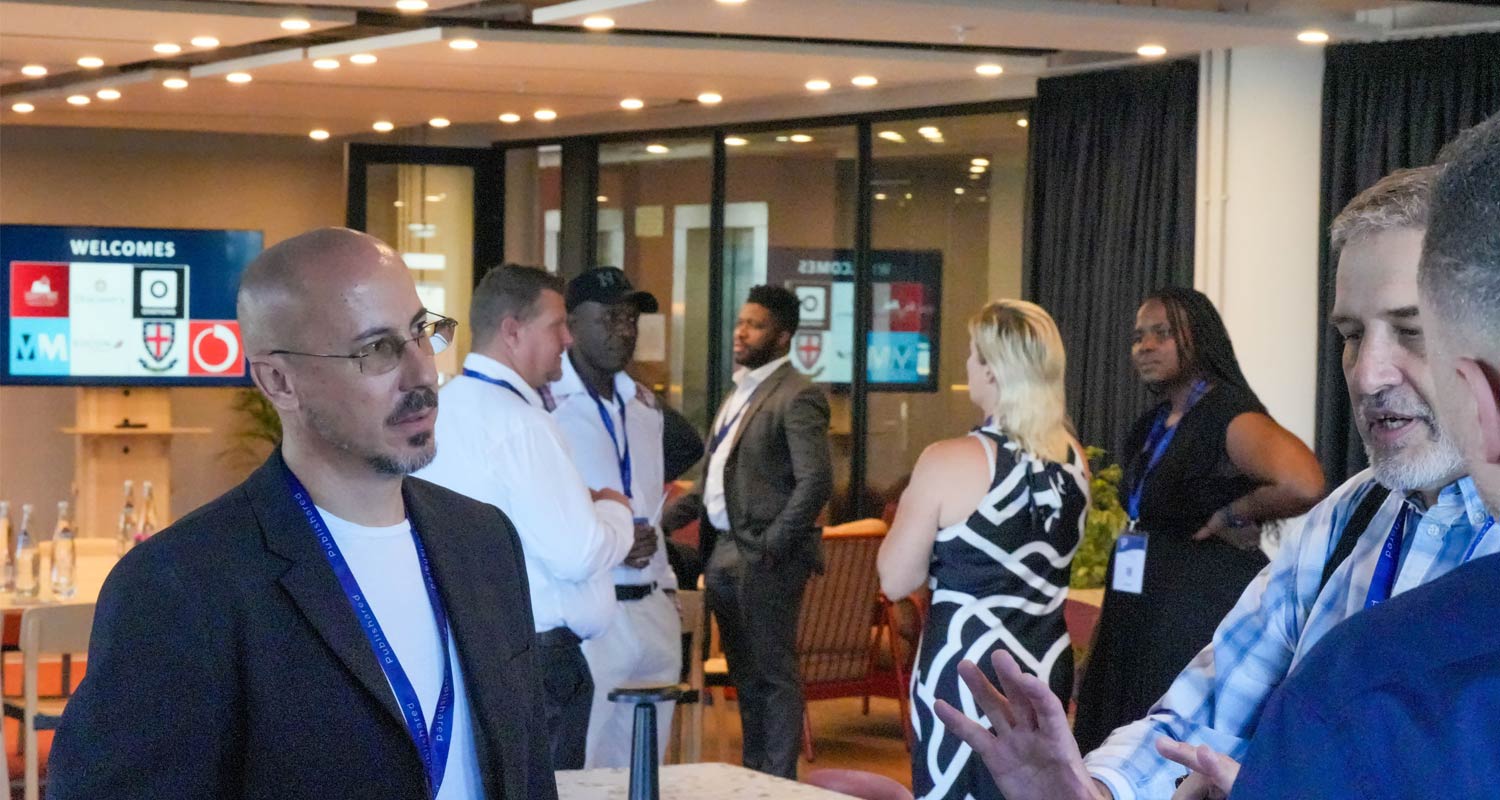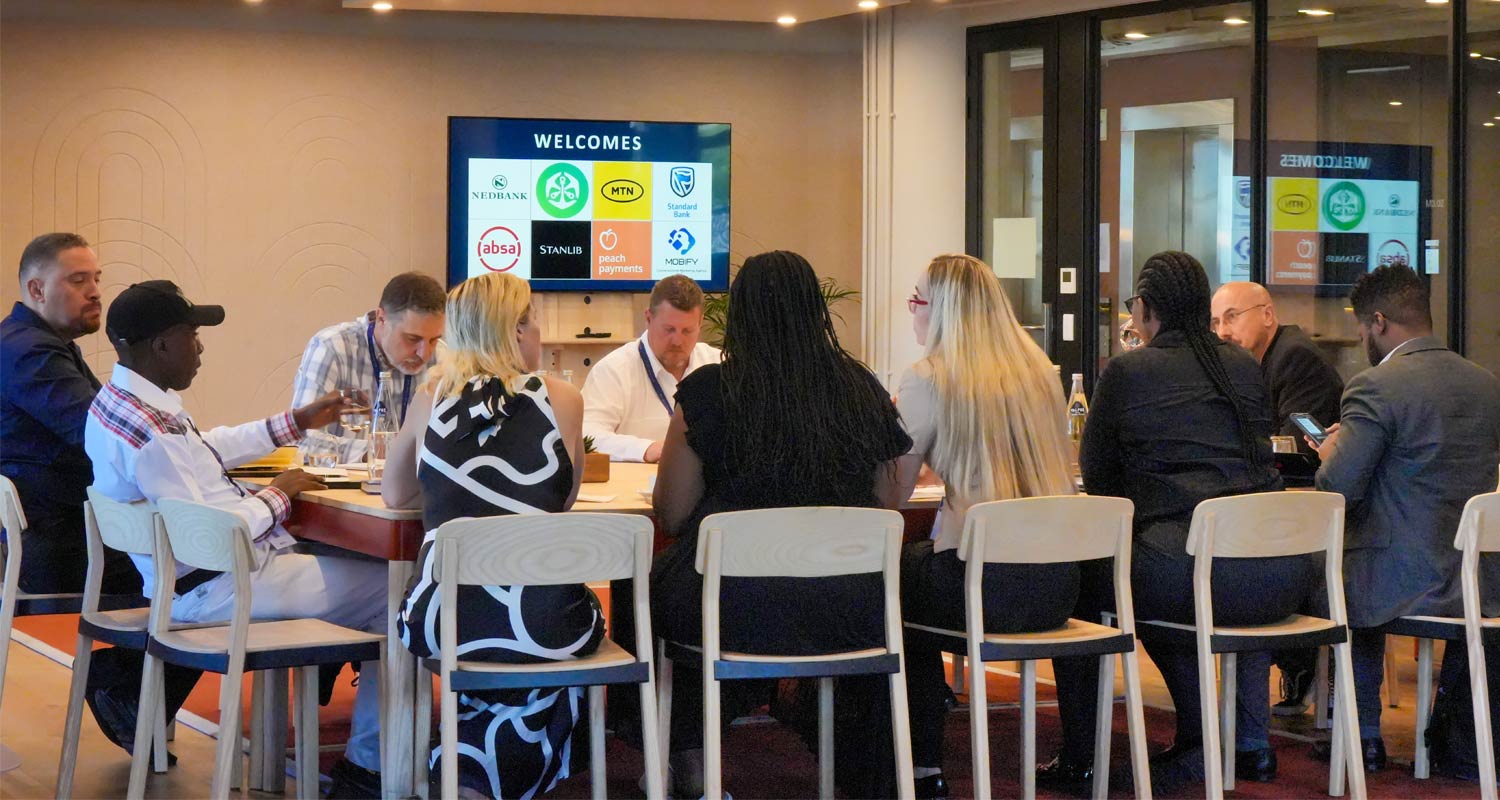 As digital technologies continue to permeate every aspect of modern enterprises, the boundaries between IT and other business functions are becoming increasingly blurred. Today, virtually every department in an organisation relies on technology to some extent to perform its functions, whether it’s HR, finance, marketing or facilities management.
As digital technologies continue to permeate every aspect of modern enterprises, the boundaries between IT and other business functions are becoming increasingly blurred. Today, virtually every department in an organisation relies on technology to some extent to perform its functions, whether it’s HR, finance, marketing or facilities management.
Now, imagine a scenario where every department in an organisation functions like a well-coordinated orchestra. Developers collaborate seamlessly with HR professionals, knowledge workers share insights with finance experts and the entire workforce operates in unison towards common goals. Enterprise service management (ESM) makes this vision a reality by breaking down silos and fostering a culture of collaboration, innovation and shared responsibility, aligning the delivery of services with the strategic objectives of the business, and delivering superior experiences and service to both customers and employees.
To unpack the evolution of customer service delivery strategies in response to changing business needs and technological advancements, TechCentral hosted a roundtable conversation sponsored by Obsidian and Atlassian, with some of the country’s leading executives across a range of industries at Workshop 17, The Bank, in Rosebank.
Attendees delved into the key factors that contributed to the evolution from traditional IT service management (ITSM) to ESM, discussing the key challenges currently experienced in organisations’ service delivery practices: the vision of ESM, the skill sets and mindset necessary to enable this strategic refocusing, and the integration of modern service management practices, such as automation, AI, and data analytics to enable organisations to deliver faster, more personalised and more seamless experiences to their customers.
They all agreed that customer service delivery stands as a cornerstone of success for organisations across all industries and, as businesses strive to meet the ever-changing needs of their customers, the evolution of service management practices is paramount. Organisations are witnessing a significant shift from traditional ITSM to ESM, reflecting a broader movement towards holistic and integrated service delivery practices, emphasising the importance of delivering seamless experiences to both internal and external customers. It is crucial to recognise that ESM and customer service delivery should be viewed as the responsibility of the entire organisation, rather than being siloed in IT.
Collaboration and accountability
By fostering a culture of collaboration and accountability, organisations can ensure that service delivery practices are aligned with business objectives and driven by the needs of the customer. This requires breaking down traditional barriers between departments and promoting a cross-functional approach to service delivery. Additionally, vendors and service providers play a vital role in supporting ESM and customer service delivery initiatives. By partnering with experienced vendors, organisations can leverage their expertise and resources to accelerate their ESM journey and achieve their service delivery objectives more effectively.
Delegates agreed that the evolution from ITSM to ESM has been fuelled by several key factors. Firstly, the rise of digital technologies has transformed the way businesses interact with their customers, necessitating a more integrated and customer-centric approach to service delivery. Secondly, the increasing complexity of business operations and the interconnected nature of modern enterprises has highlighted the limitations of traditional siloed service management practices. Finally, the growing importance of delivering consistent and personalised experiences across all touchpoints has underscored the need for a more holistic and cross-functional approach to service delivery.
 Attendees shared that, in the past 3 to 5 years, support processes in organisations have undergone a significant transformation. Traditional service desk models have evolved into integrated service management platforms, allowling organisations to streamline service delivery processes, improve efficiency and enhance the overall customer experience. Self-service options have become increasingly popular, empowering customers to resolve issues on their own terms and reducing the burden on support teams. Additionally, the adoption of automation, AI and data analytics has revolutionised the way organisations deliver support services, enabling faster response times, more personalised interactions and proactive issue resolution.
Attendees shared that, in the past 3 to 5 years, support processes in organisations have undergone a significant transformation. Traditional service desk models have evolved into integrated service management platforms, allowling organisations to streamline service delivery processes, improve efficiency and enhance the overall customer experience. Self-service options have become increasingly popular, empowering customers to resolve issues on their own terms and reducing the burden on support teams. Additionally, the adoption of automation, AI and data analytics has revolutionised the way organisations deliver support services, enabling faster response times, more personalised interactions and proactive issue resolution.
The ESM vision and challenges in service delivery practices
At its core, the vision of ESM is to create a unified service delivery model that aligns with the strategic objectives of the business. By breaking down silos and fostering collaboration, ESM enables organisations to deliver seamless services and experiences to both internal and external customers. This vision encompasses a shift towards a customer-centric mindset, where service delivery is viewed as a strategic differentiator and a key driver of business success.
Despite the potential benefits of ESM, attendees shared that organisations often face common challenges in implementing and adopting these practices. Common obstacles include resistance to change, legacy systems and processes, and a lack of alignment between IT and business objectives. Additionally, organisations may struggle to find the right balance between standardisation and flexibility, particularly in highly regulated industries or complex organisational structures.
Skills and mindset for strategic refocusing
Realising the vision of ESM and evolving customer service delivery strategies requires a shift in mindset and the development of new skills within organisations. According to attendees, key competencies include strong leadership, effective communication and a focus on continuous improvement. Organisations must also cultivate a culture of innovation and agility, empowering employees to embrace change and adapt to evolving customer needs.
Trends shaping the future of ESM and customer service delivery strategies in South Africa
In the South African context, the future of ESM and customer service delivery strategies is influenced by unique challenges that impact the business landscape. Attendees shared that a significant trend shaping ESM and customer service delivery is the prevalence of load shedding, which poses disruptions to service delivery operations due to intermittent power outages. Additionally, disparities in digital and network access across different regions and socio-economic groups present challenges in delivering consistent and equitable service experiences to all customers.
Socioeconomic differences further compound these challenges, affecting access to technology and digital literacy levels among the population. To address these issues, organisations must adopt innovative solutions that prioritise resilience, such as investing in alternative power sources and optimising digital service delivery channels to accommodate varying levels of digital access. Furthermore, fostering partnerships with local communities and stakeholders can help bridge the gap and ensure that ESM and customer service strategies are inclusive and responsive to the diverse needs of the South African population.
 Despite these challenges, there was consensus among attendees that the evolution of customer service delivery strategies represents a strategic imperative for organisations seeking to thrive in today’s digital economy. By embracing ESM principles and integrating modern service management practices, organisations can deliver faster, more personalised and more seamless experiences to their customers, driving sustainable growth and competitive advantage in the South African landscape and beyond.
Despite these challenges, there was consensus among attendees that the evolution of customer service delivery strategies represents a strategic imperative for organisations seeking to thrive in today’s digital economy. By embracing ESM principles and integrating modern service management practices, organisations can deliver faster, more personalised and more seamless experiences to their customers, driving sustainable growth and competitive advantage in the South African landscape and beyond.
TechCentral, Obsidian and Atlassian thank all of those who participated in the roundtable discussion.
- Read more articles by Obsidian Systems on TechCentral
- This promoted content was paid for by the party concerned



